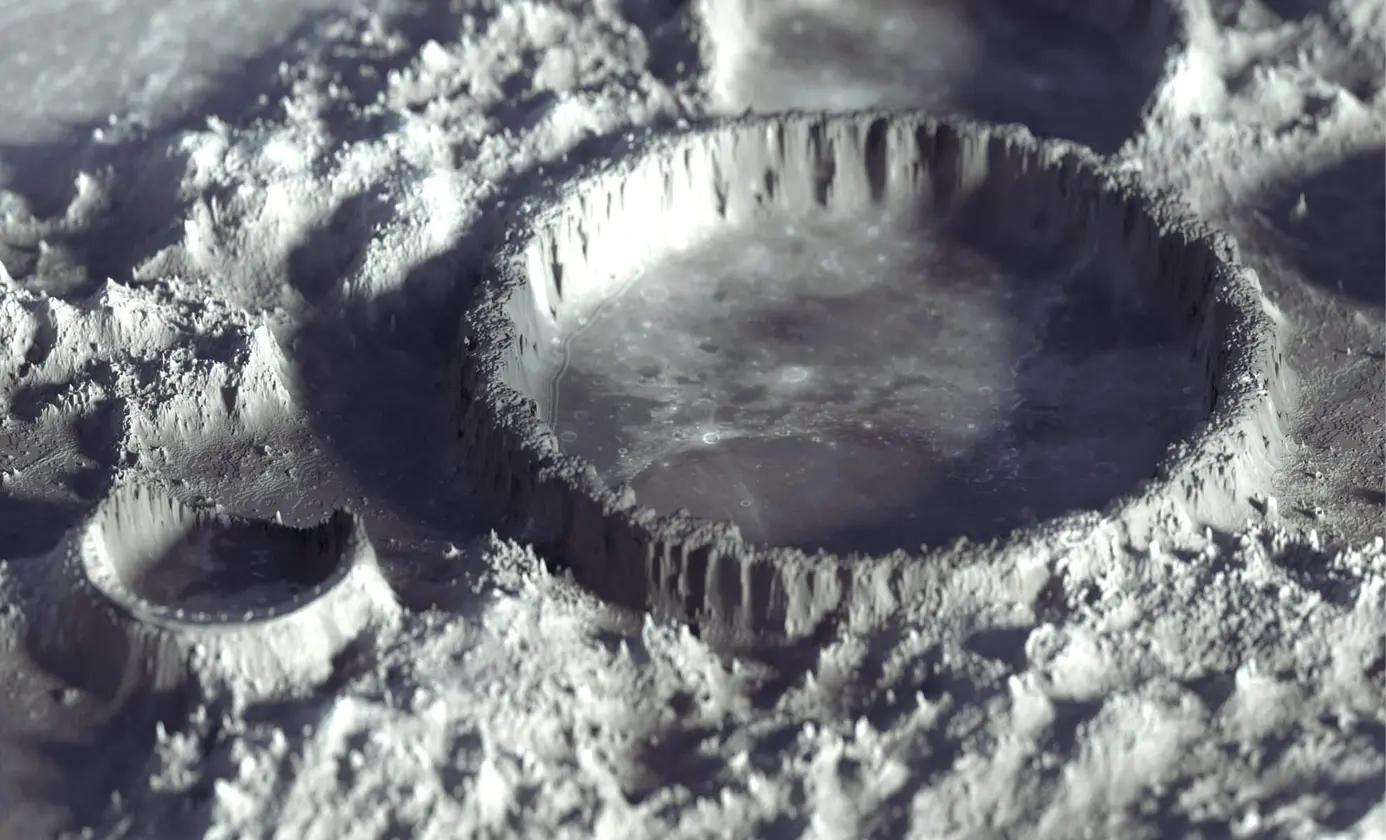T4K3.news
Sun powered lunar bricks push toward a Moon base
China showcases a solar powered system that makes bricks from Moon dust to support future off earth construction.
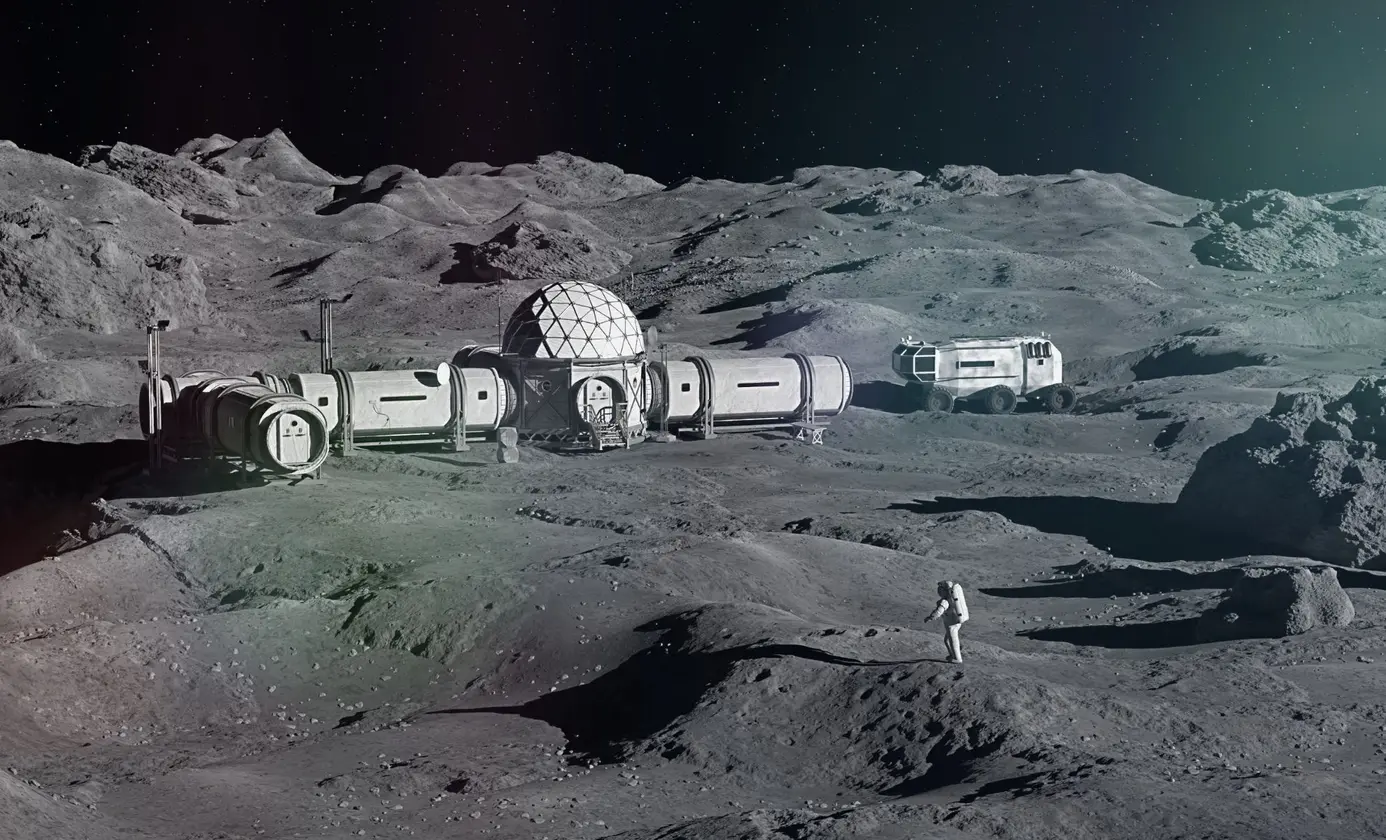
China showcases a solar powered system that makes bricks from Moon dust to support future off earth construction.
Sun powered lunar bricks push toward a Moon base
Chinese researchers have developed a solar powered 3D printing system that melts lunar regolith into solid bricks. The device, built at the Deep Space Exploration Laboratory in Hefei, uses a parabolic reflector to focus sunlight into a single point where temperatures exceed 1300 C, enough to melt Moon soil. Tests used basalt based simulants and a xenon lamp to imitate sunlight, producing flat surfaces, curved shapes and complex geometries. The team aims to create construction materials entirely from lunar material without Earth additives, reducing the need for costly resupply missions. A key feature is the use of fiber optic bundles to transmit the intense heat to the print head, enabling rapid shaping of bricks and panels. The bricks could be used for roads, equipment platforms and radiation protective shells for habitat modules, while acknowledging they cannot by themselves carry internal pressure in the Moon’s vacuum.
Key Takeaways
"The bricks could be used for roads, equipment platforms, and radiation protective shells for habitat modules."
Senior engineer Yang Honglun explains potential uses
"Only the Moon’s natural dust is used with no additives."
DSEL team describes self sufficiency
"This is a milestone in space construction."
Editorial assessment of progress
"If the approach scales, it could change how we think about base building on other worlds."
Outlook on future implications
The breakthrough fits a broader shift in space strategy where in situ resources could loosen the chokehold of Earth dependent missions. If lunar construction becomes practical, the logistics of building bases could move from Earth orbit to the Moon itself, accelerating a space civilization mindset. Yet the path is not simple. Challenges include proving long term durability under extreme temperature swings, micrometeoroid abrasion and the low gravity environment. The pace of progress will likely hinge on sustained funding, international policy alignment and the ability to scale from a lab prototype to real world modules. The competition between major space players could push quicker testing and clearer rules about resource use and ownership in space.
Highlights
- Moon bricks by sunlight could reshape space logistics
- A lunar construction site could turn isolation into infrastructure
- If a surface becomes a construction site we redefine travel between worlds
- Sun powered bricks from the Moon could spark new futures
Potential political and budget risks in lunar construction
The project sits within a competitive space race and faces policy debates over budget and the rules governing off earth resources. Ambitions to reduce Earth reliance could trigger political sensitivity and investor scrutiny as governments weigh security and economic implications.
The next steps will show how quickly this idea can become a real habitat builder on another world.
Enjoyed this? Let your friends know!
Related News

NASA plans lunar nuclear reactor by 2030
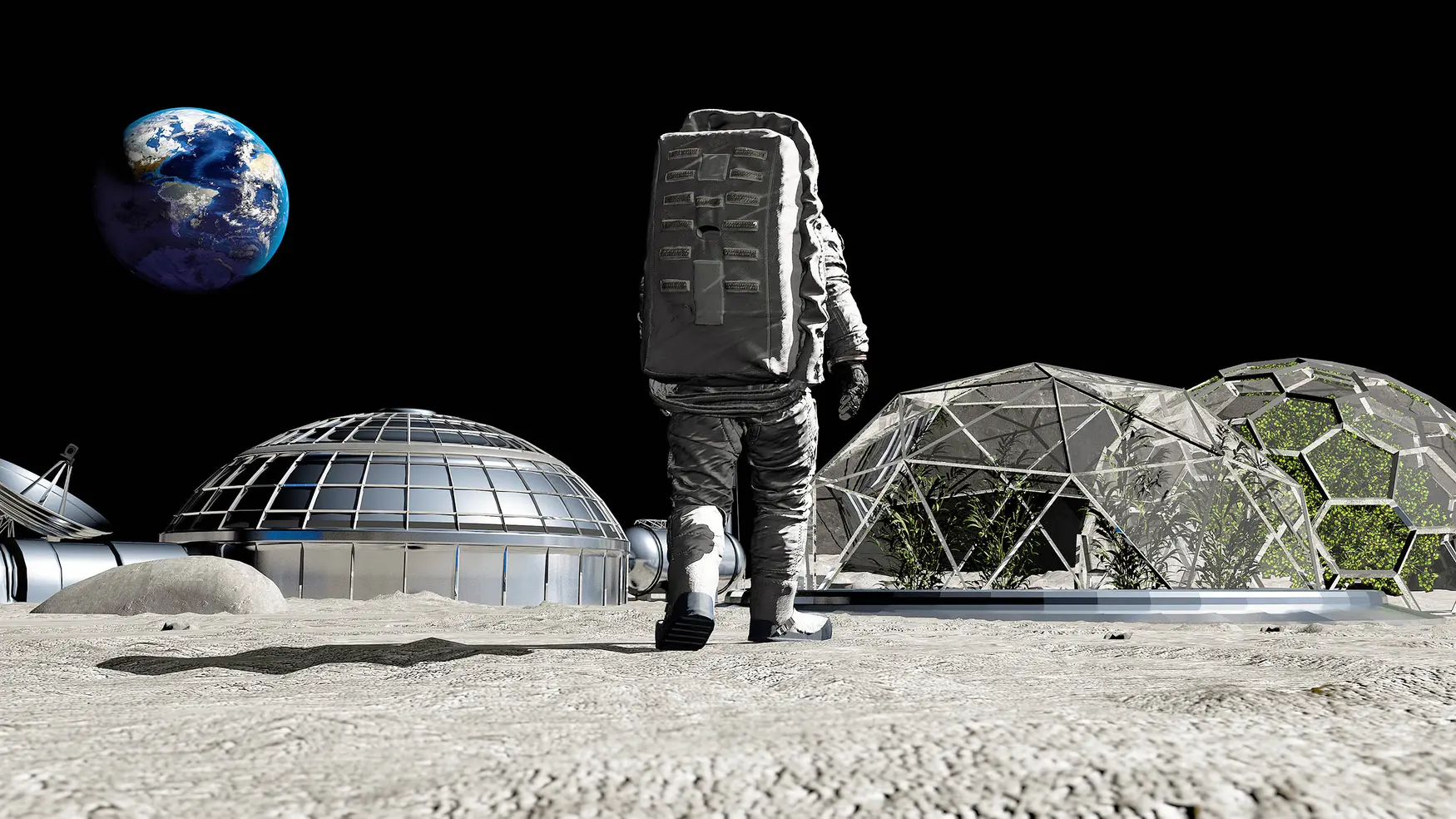
New method extracts water from lunar soil
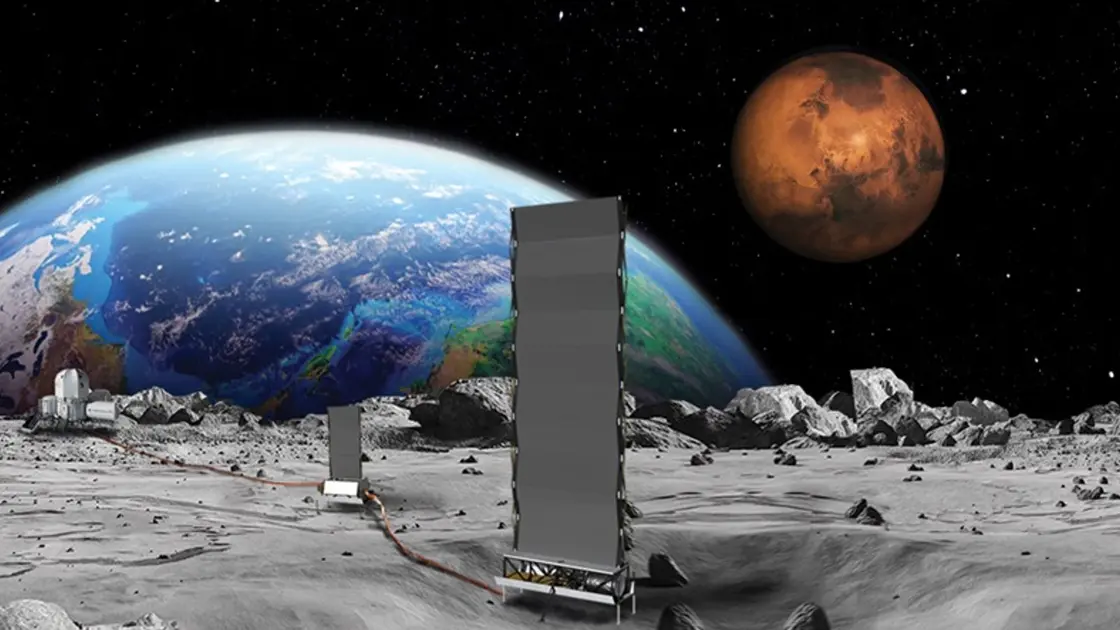
NASA plans to send nuclear reactor to the moon by 2030
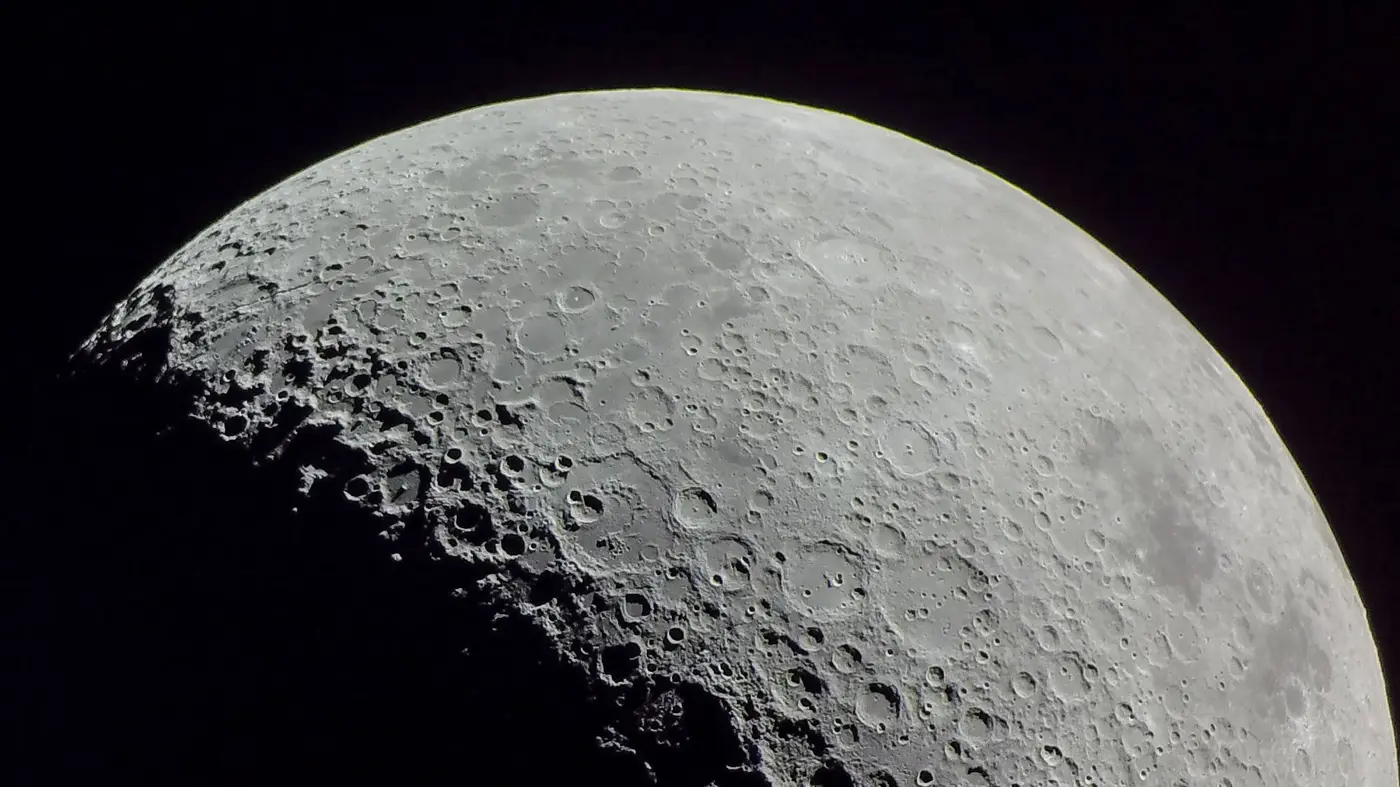
Scientists develop method to extract water from moon soil

NASA plans nuclear reactor on the moon by 2030
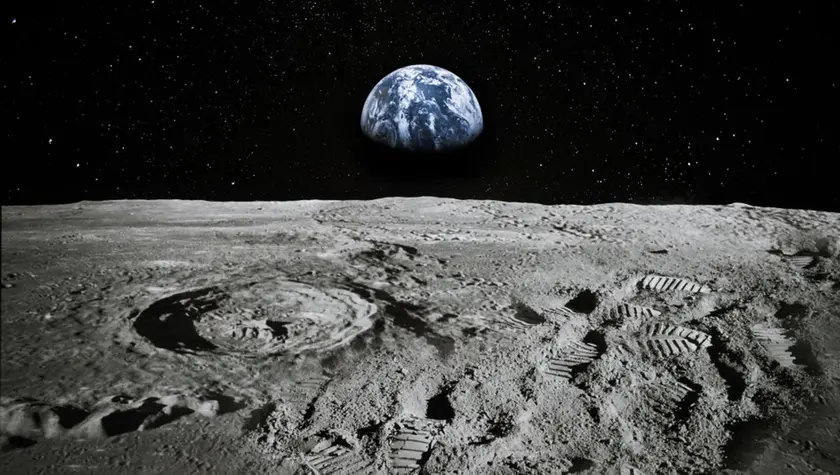
New technique developed for lunar base

Asteroid 2024 YR4 may hit the moon in 2032

Asteroid 2024 YR4 may hit the moon instead of Earth
